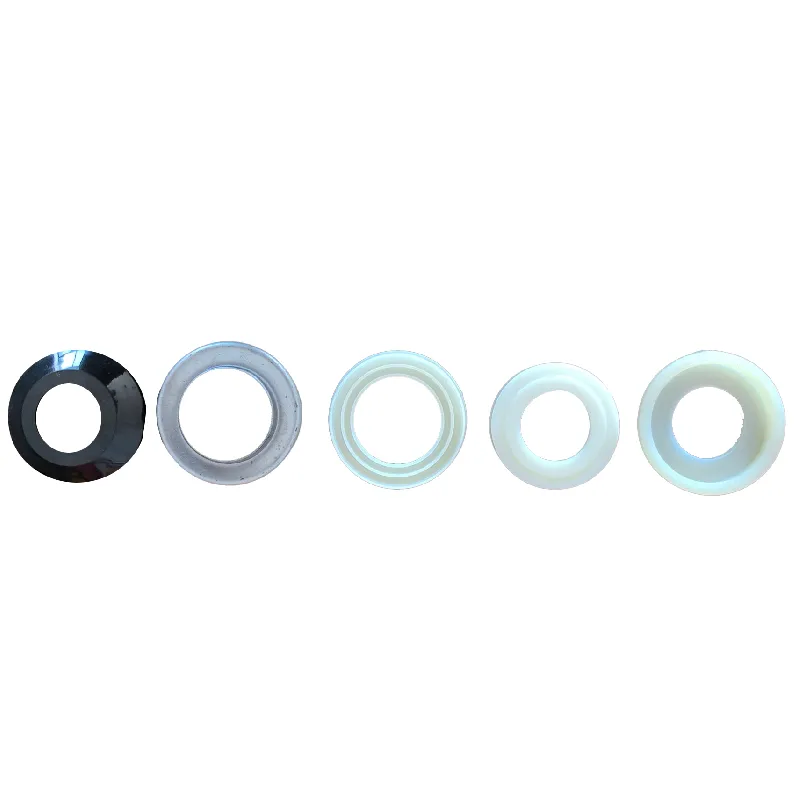 Afrikaans
Afrikaans  Albanian
Albanian  Amharic
Amharic  Arabic
Arabic  Armenian
Armenian  Azerbaijani
Azerbaijani  Basque
Basque  Belarusian
Belarusian  Bengali
Bengali  Bosnian
Bosnian  Bulgarian
Bulgarian  Catalan
Catalan  Cebuano
Cebuano  Corsican
Corsican  Croatian
Croatian  Czech
Czech  Danish
Danish  Dutch
Dutch  English
English  Esperanto
Esperanto  Estonian
Estonian  Finnish
Finnish  French
French  Frisian
Frisian  Galician
Galician  Georgian
Georgian  German
German  Greek
Greek  Gujarati
Gujarati  Haitian Creole
Haitian Creole  hausa
hausa  hawaiian
hawaiian  Hebrew
Hebrew  Hindi
Hindi  Miao
Miao  Hungarian
Hungarian  Icelandic
Icelandic  igbo
igbo  Indonesian
Indonesian  irish
irish  Italian
Italian  Japanese
Japanese  Javanese
Javanese  Kannada
Kannada  kazakh
kazakh  Khmer
Khmer  Rwandese
Rwandese  Korean
Korean  Kurdish
Kurdish  Kyrgyz
Kyrgyz  Lao
Lao  Latin
Latin  Latvian
Latvian  Lithuanian
Lithuanian  Luxembourgish
Luxembourgish  Macedonian
Macedonian  Malgashi
Malgashi  Malay
Malay  Malayalam
Malayalam  Maltese
Maltese  Maori
Maori  Marathi
Marathi  Mongolian
Mongolian  Myanmar
Myanmar  Nepali
Nepali  Norwegian
Norwegian  Norwegian
Norwegian  Occitan
Occitan  Pashto
Pashto  Persian
Persian  Polish
Polish  Portuguese
Portuguese  Punjabi
Punjabi  Romanian
Romanian  Russian
Russian  Samoan
Samoan  Scottish Gaelic
Scottish Gaelic  Serbian
Serbian  Sesotho
Sesotho  Shona
Shona  Sindhi
Sindhi  Sinhala
Sinhala  Slovak
Slovak  Slovenian
Slovenian  Somali
Somali  Spanish
Spanish  Sundanese
Sundanese  Swahili
Swahili  Swedish
Swedish  Tagalog
Tagalog  Tajik
Tajik  Tamil
Tamil  Tatar
Tatar  Telugu
Telugu  Thai
Thai  Turkish
Turkish  Turkmen
Turkmen  Ukrainian
Ukrainian  Urdu
Urdu  Uighur
Uighur  Uzbek
Uzbek  Vietnamese
Vietnamese  Welsh
Welsh  Bantu
Bantu  Yiddish
Yiddish  Yoruba
Yoruba  Zulu
Zulu Conveyor Support Brackets for Secure Mounting and Optimal Performance
Understanding Conveyor Mounting Brackets Essential Components for Efficient Operations
Conveyor systems are vital in various industries, playing a crucial role in material handling and transportation. One of the key components that ensure the effective operation of these systems is the conveyor mounting brackets. These specialized brackets serve as the foundation for supporting conveyor belts, rollers, and other elements, ensuring stability and precision throughout the handling process.
What Are Conveyor Mounting Brackets?
Conveyor mounting brackets are hardware accessories that allow for the secure attachment of conveyor components to a frame or structural element. They come in different designs and materials, tailored to support specific types of conveyors depending on their size, weight, and operational requirements. Common materials used for these brackets include steel, aluminum, and plastic, each offering unique benefits in terms of durability, weight, and corrosion resistance.
Importance of Proper Mounting Bracket Installation
The installation of mounting brackets is a critical step in setting up a conveyor system. Properly installed brackets ensure the alignment of the conveyor components, which is vital for smooth operation and longevity. Misalignment can lead to increased wear and tear on parts, resulting in frequent maintenance, downtime, and associated costs. Therefore, investing time and resources in the correct installation of mounting brackets pays off in the long run.
Types of Conveyor Mounting Brackets
There are several types of conveyor mounting brackets, each designed for specific applications
. The most common types includeconveyor mounting brackets

1. Fixed Brackets These are stationary and provide a stable anchor point for various conveyor components. They are typically used in applications where the conveyor does not need to be moved frequently.
2. Adjustable Brackets These brackets allow for height and angle adjustments, which is beneficial for conveyors that need to adapt to different operational scenarios.
3. Hanging Brackets Used in overhead conveyor systems, these brackets help suspend the conveyor from above, saving floor space and allowing for flexible layout configurations.
4. Low-profile Brackets Designed for compact applications, low-profile brackets provide a sleek design while ensuring strong support for the conveyor components.
Selecting the Right Bracket
When choosing conveyor mounting brackets, several factors need to be considered. These include the weight of the materials being transported, the environmental conditions (e.g., exposure to moisture or chemicals), and the specific layout of the conveyor system. Consulting with professionals who understand the nuances of material handling equipment can help select the best brackets for your needs.
In conclusion, conveyor mounting brackets are essential components that contribute significantly to the overall efficiency and reliability of conveyor systems. Understanding their types, functions, and proper installation techniques can enhance operational effectiveness, reduce maintenance costs, and ultimately lead to smoother production processes. Investing in high-quality mounting brackets is a smart move for any business relying on conveyor systems for material handling.
-
Revolutionizing Conveyor Reliability with Advanced Rubber Lagging PulleysNewsJul.22,2025
-
Powering Precision and Durability with Expert Manufacturers of Conveyor ComponentsNewsJul.22,2025
-
Optimizing Conveyor Systems with Advanced Conveyor AccessoriesNewsJul.22,2025
-
Maximize Conveyor Efficiency with Quality Conveyor Idler PulleysNewsJul.22,2025
-
Future-Proof Your Conveyor System with High-Performance Polyurethane RollerNewsJul.22,2025
-
Driving Efficiency Forward with Quality Idlers and RollersNewsJul.22,2025





























